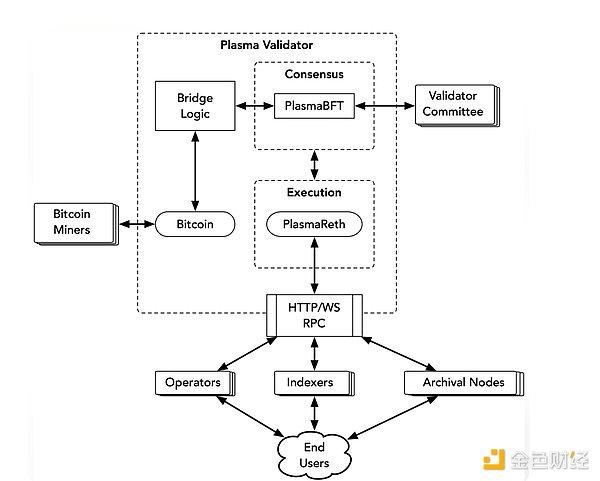Stablecoins are becoming a market consensus.
Stripe's acquisition of Bridge is just the beginning. Huma is using stablecoins to replace bank intermediaries, Circle has become a new star in the crypto after Coinbase with USDC, all of which are clumsy imitations of USDT.
Ethena is ahead of the curve. MakerDAO renamed to Sky and shifted to yield-bearing stablecoins. Pendle, Aave, and others are rapidly moving towards USDC–PT/YT–USDe, which is a summary of recent on-chain stablecoin stories.
At least for now, YBS (Yield-Bearing Stablecoin) is still subordinate to the stablecoin concept. It's difficult for people to understand the fundamental difference between USDe and USDT. In my view, YBS projects like USDe attract users through yield-bearing mechanisms by distributing part of the asset income to users, and continue to earn asset income after attracting deposits.
Previously, USDT issuance was a process of creating new assets. It's important to know that USDT's reserves are managed by regulators or project parties, with no relation to users. Users can only passively accept that USDT represents 1 dollar and hope that others will also recognize its value.
YBS follows the deposit-lending logic of on-chain banking, deconstructing asset issuance power. Circle's creation of USDC requires political and business cooperation and exchange support, but YBS is already experiencing explosive growth.
Let me reiterate that the history of the crypto industry is an innovation history of asset issuance models, just this time under the name of stability, slightly milder, not as intense as on-chain PVP of ERC-20, Non-Fungible Token (ERC-721), and MEME Coin.
For example, f(x) Protocol has at least 5 stablecoins, with rUSD and fxUSD in V1 and V2 respectively. Additionally, there are $btcUSD, $cvxUSD, and even fETH is considered a stablecoin because it maintains price anchoring by capturing part of ETH's volatility, with remaining volatility absorbed by xToken.
Stability originates from volatility, and volatility creates stablecoins.
1. Old DeFi protocols that do not focus on YBS business, such as Aave, still have lending as their core business; 2. Inactive, with the most subjective standards:
• Not yet launched on mainnet, with continuous updates to follow • Trend-following quick projects, mimicking stablecoins with 2022 DeFi giants, Delta hedging with Ethena in 2023, and current trends • Those acquired or already ceased operations
It must be noted that USD1 issued by WLFI, similar to the Trump family, is more like USDT and not closely related to interest-bearing stablecoins, thus not included in the discussion.
These 52 projects are the lineup competing for the remaining positions in the interest-bearing stablecoin track. For example, we directly exclude Hydration from Polkadot - surely no one expects Polkadot to revive.
For instance, YLDS issued by Figure Markets is the opposite of an on-chain interest-bearing stablecoin, but it has obtained legal registration qualifications, suitable for traditional financial clients with special compliance needs. Detailed exclusion reasons can be found in the Feishu document.
After rough selection, examining details from three dimensions: fundamentals, interest-bearing methods, and APY
• Fundamentals: official website, Twitter, CA • Interest-bearing methods: strategies and actions, revenue sources, revenue distribution methods, rewards • APY calculation method
A small note: strategies and actions refer to YBS's financial strategies, with actions being concrete operational steps. Revenue sources indicate where protocol income comes from, and revenue distribution is typically done through stablecoin staking, but specific cases require individual analysis.
Taking Avalon as an example, its stablecoin is USDa, with interest-bearing stablecoin sUSDa, and its details are as follows:
• Revenue source: USDa borrowing interest rate income + USDa Lend business income • Strategy: Staking USDa/sUSDa LP group in Berachain ecosystem's KodiakFi
Moreover, Avalon is particularly typical, involving Pendle. In the current YBS ecosystem, the Pendle and Aave combination is the highest earner, surpassing Curve's peak period - a topic to be explored further in the future.
Of course, this naturally involves assessing and classifying the security and stability of emerging protocols. Sui's Cetus is a cautionary tale, with a double new pitfall (today Cetus can claim compensation).








